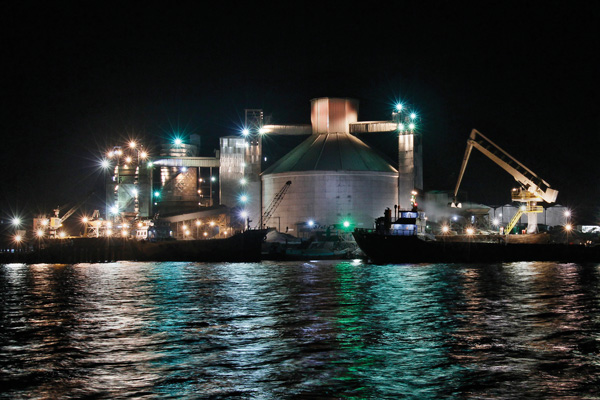VRM to Crown operations
When Crown Cement identified the need to increase the cement capacity of its plant in Bangladesh it opted for vertical roller mill (VRM) technology from Loesche. With a range of VRM benefits, total grinding capacity has increased to 11,000tpd and has offered more product versality with local operating conditions in mind. By Masud Khan, Crown Cement Group, Bangladesh.

Crown Cement saw several rounds of capacity upgrades with the latest such project starting in 2017
Vertical roller mill (VRM) technology has gained in popularity over the years thanks to benefits relating to space and cost savings, as well as improvements to equipment efficiency and reliability. The basic structure of a VRM for cement grinding is the same as for raw material and coal grinding. Raw materials (such as clinker, slag, fly ash, gypsum, limestone or pozzolana) are fed into the mill and ground by compression and shearing forces between the grinding table and two or four hydraulically-controlled rollers. Ground cement materials are sent by air to the separator installed in the upper section and classified into fine and coarse particles. Coarse particles are returned to the grinding table where they are ground again, while fine particles are sent to dust collectors such as a cyclone and/or bag filter.

